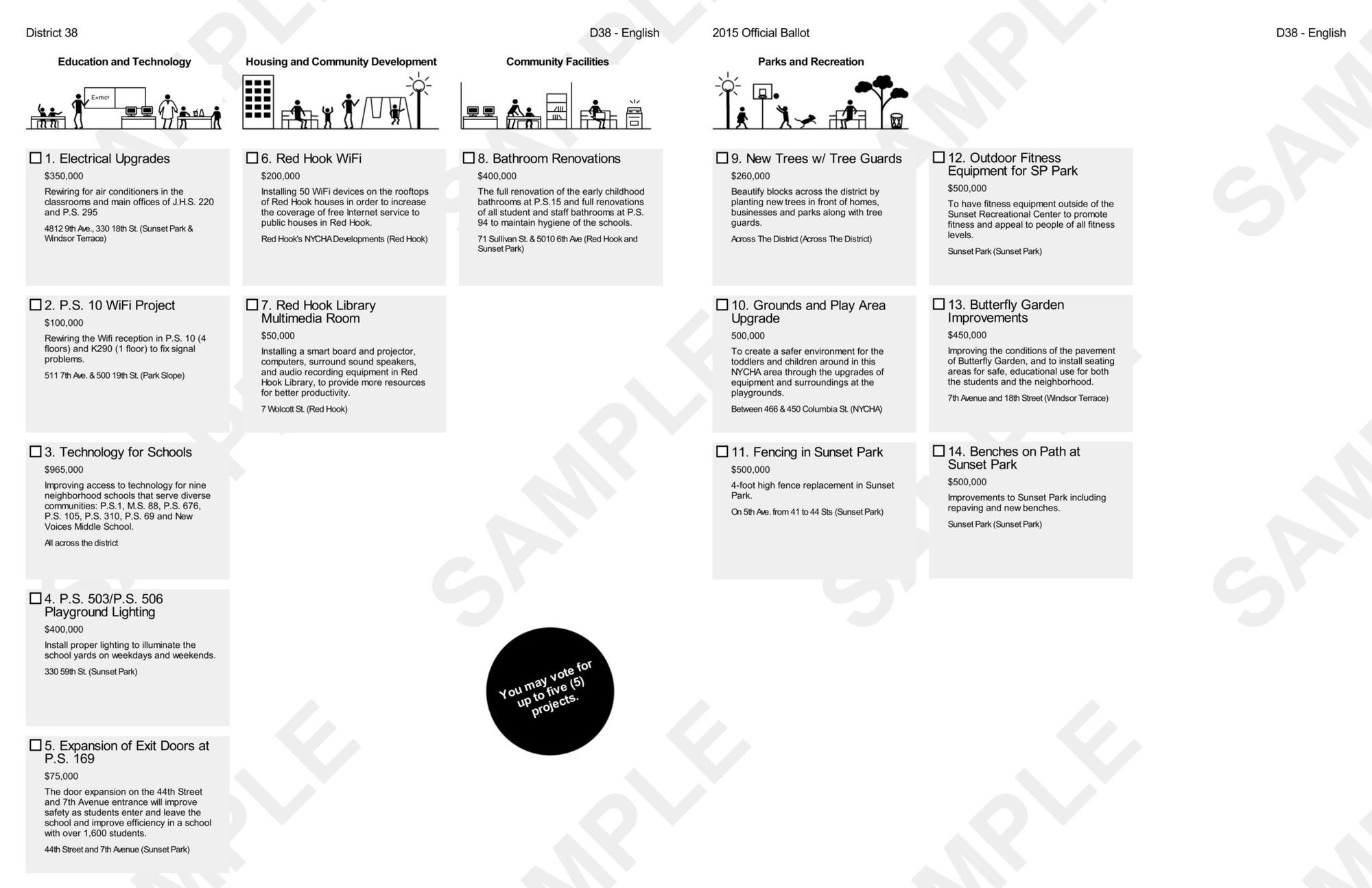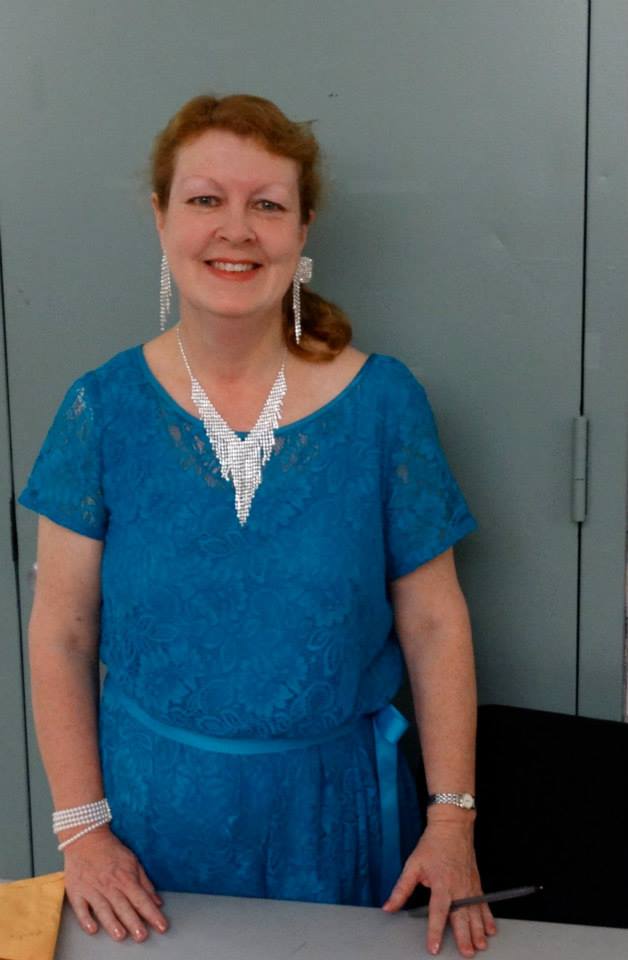Carolyn Quinn On Photography, Life In Bensonhurst & The Truth Behind “Gypsy” Villain Rose Thompson Hovick


Carolyn Quinn has her hands in a lot of artistic pursuits. Not content just to create literature, the longtime local is also a photographer — and even her book Mama Rose’s Turn delves into the art of drama, both onstage and off. Ahead of a March 12 performance based on the book, which tells the true story of Rose Thompson Hovick (the mother of Gypsy Rose Lee and June Havoc, who was immortalized — if not very accurately — in Arthur Laurents’ play Gypsy), we spoke to Carolyn about her life in Bensonhurst, her interest in the original (somewhat misunderstood) nightmare dance mom, and what project she’s preparing to tackle next.
How long have you been living in Bensonhurst, and what drew you to the neighborhood?
I’ve been in Bensonhurst/Bath Beach since 1987. I was from New Jersey and looking to move to NYC. I had several coworkers who lived in the neighborhood and one said, “Come on over to Bensonhurst!” I loved it from the first time I ventured here on the subway to take a look at the area, and I decided I wanted to live here. I loved the energy and feel of the place from the start, and I still do.
What are some of your favorite things here?
I particularly like living down the avenue from American Place and Marshalls — they’re great places to shop for bargains! I also love Ruan’s Restaurant.
What came first for you — writing or photography? Why did you gravitate towards each?
Writing came first. My dad is an English teacher and it just always came easy for me. I bought a digital camera after I wrote the book, first and foremost to give friends on Facebook from places like Arkansas a little taste of what NYC looked like. I loved the immediacy of digital photography — right away you can tell if you have a good shot or not — and got hooked on it.
Why write a book on Rose Thompson Hovick, of all people? Where and how did you find the facts contradicting her image in Gypsy?
I became interested in Rose after I saw Gypsy on Broadway as a child. Angela Lansbury played her. After the show I realized the sign called it “Gypsy: A Musical Fable” and asked my parents what that meant, since the characters were all real people. There really was a Gypsy and there was a June — both became famous. My parents said the show was probably “cleaned up for public consumption.” From that moment on, I wanted to know the real story. I was delighted when, a few years ago, I heard the family’s archive of documents was here in New York at the Performing Arts Library. After I saw the archive, I decided I’d write the real story.
The synopsis of Mama Rose’s Turn calls Rose’s story “even more striking” than that portrayed in Gypsy. What’s an example of that, that you think would shock people?
She was better than you might expect in a lot of ways. She made scores of young people into respectable performers. In other ways, she was worse, blackmailing her own children, for example — and drinking too much of her own bathtub gin!
Can you talk a little about the upcoming show based on your account of Mama Rose’s Turn? How did it come about, and what can attendees expect?
I’m a member of the theatrical history organization, The Ziegfeld Society, run by Mark York. I had found out the names of songs in the actual acts Rose ran for her children. Mark found the music. Many of those songs haven’t been performed since vaudeville and burlesque were alive and well in the 1920s and 1930s, so it’s a joy to see them up on a stage! I’ll be the narrator. Come one, come all!
What’s up next for you?
I’m thinking of perhaps writing a book on the show Annie next.
Want to keep up with the latest from Carolyn? You can follow her on Facebook, check out her awesome Brooklyn photography, and enjoy her performance at the New York Public Library for the Performing Arts (40 Lincoln Center Plaza near Amsterdamn Avenue and W 65th Street) at 6pm on Thursday, March 12.
